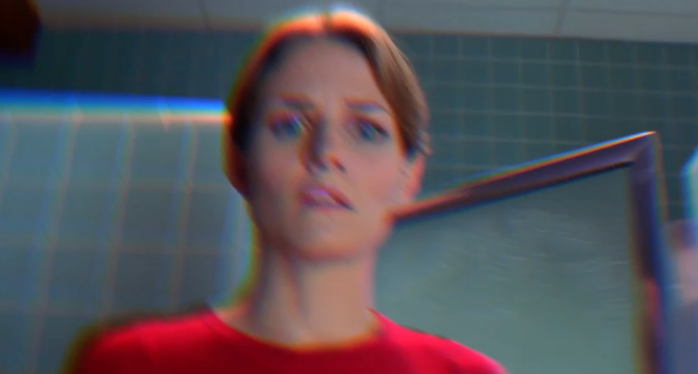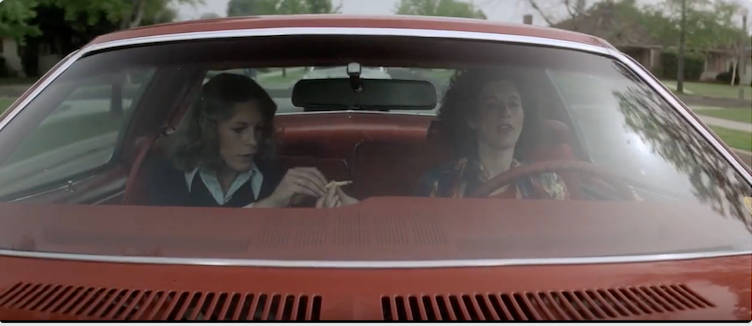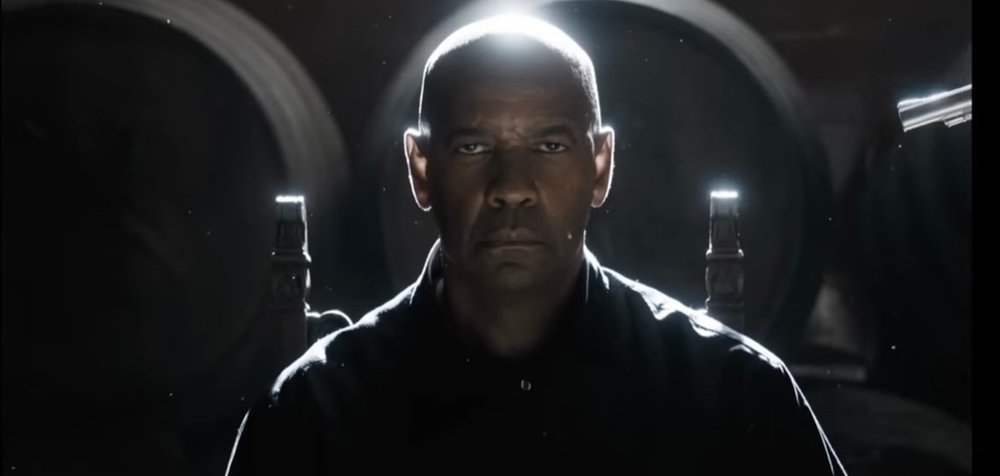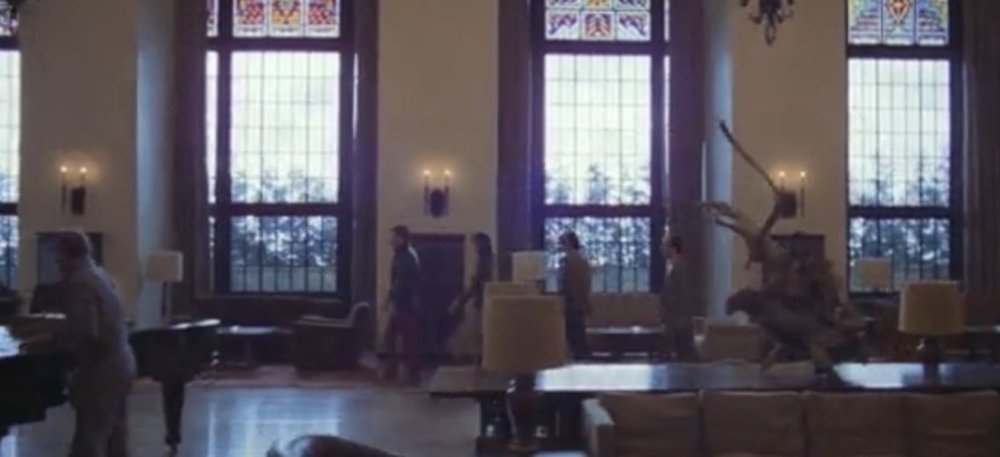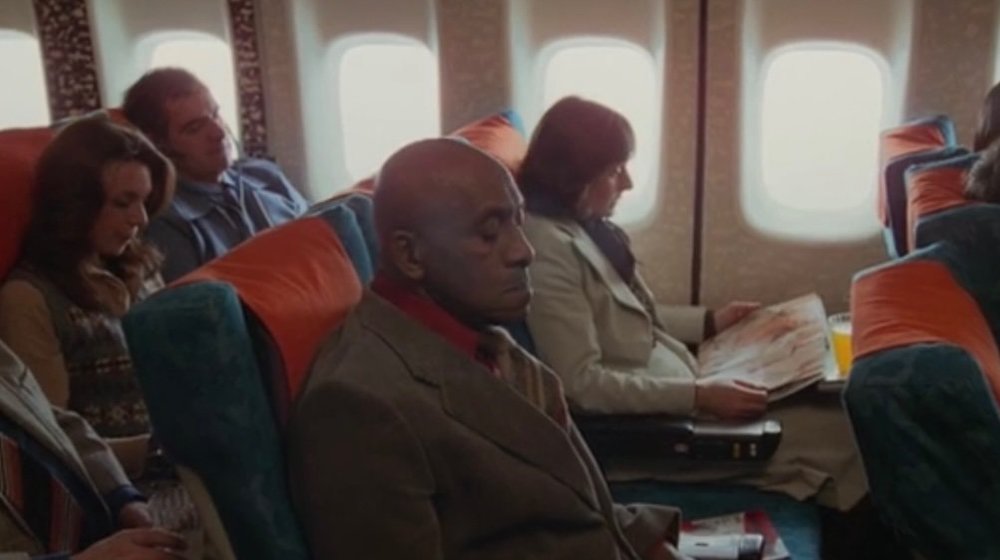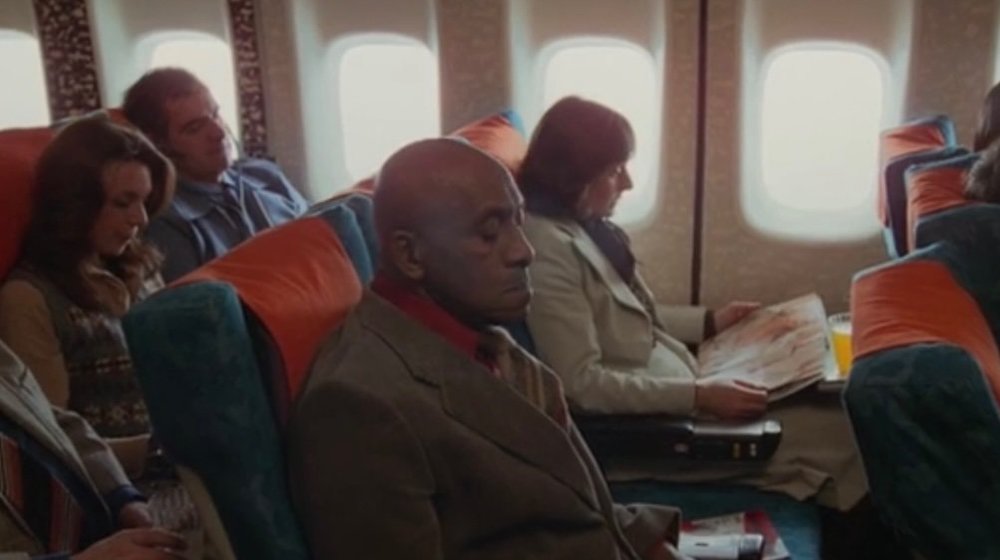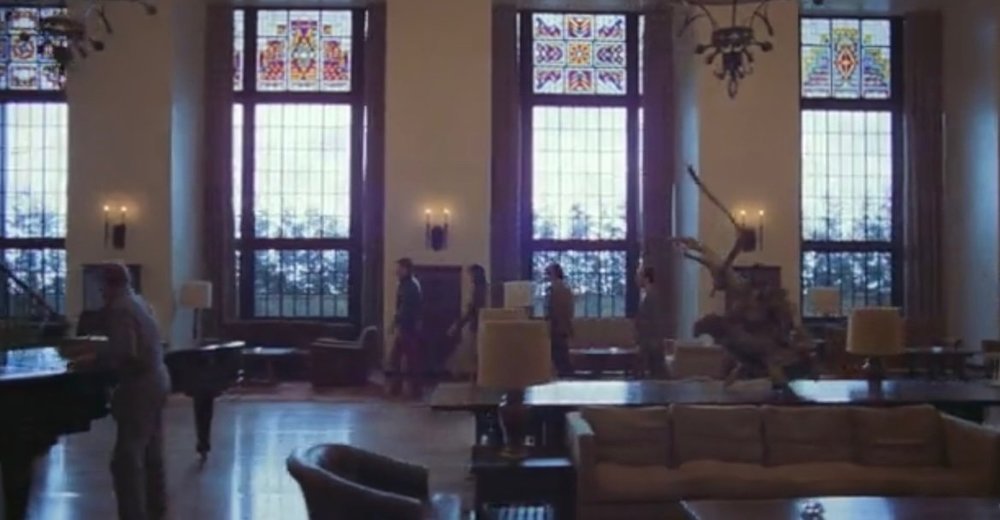
Daniel Zlobin
Basic Member-
Posts
8 -
Joined
-
Last visited
Profile Information
-
Occupation
Cinematographer
-
Location
Toronto
Recent Profile Visitors
The recent visitors block is disabled and is not being shown to other users.
-
Hi, I'm doing some research on hallucination - vertigoish effects, and wondering if you have an idea how something like attached is achieved, or if you have your personal to-go tricks in that regard. Will be glad for any knowledge in that regard, as I find it very interesting thing to play around. Thank you!
-
Hello everyone, just wanted to check in with you Triaging on the way to shoot a scene. Ideally, have to have something like attached reference from the Carpenter's "Halloween" 1978. Since there are reflections in the windshield, I guess it's safe to assume that there are no solids to kill the reflection of the sky, but I guess there is just Polarizer + right car orientation + process trailer with bunch of lighting to get enough levels on the characters. Do you think it's correct? Overall, I'm trying to figure out, if there's a way I can get away without process trailer and I have strong feeling that I am not (if it's exactly this referece) and shot live Thank you!
-
Hello, David Thank you for your response, appreciate it a lot. Just to make sure, do I understand you correctly, that basically, for example, in case with "Equaliser" (pic in first post) the whole backlit, hot area on the head is kept slightly under clipping, having only the glowing part maybe a bit over? Or do you mean that generally, both, in film and TV you might have clipping as long as it doesn't look like a mistake? And may I ask you, when you are exposing something tricky, are you tend to go safe and have hot areas (like certain part of the cloud in the sky or part of the bright window) unclipped even with REC 709 lut applied, or you may let them clip, in case you see that they are not clipped in RAW original footage? Thanks! Daniel
-
Hello everyone, A bit funny question to ask, considering the fact that I am not new to the job. But it’s also about the pipeline, which is different from country to country, I guess. So would really appreciate the experience exchange, since I just recently moved to North America. This year I suddenly found myself extremely self-aware about the clipping in white (but the part of the question goes for blacks as well) and exposure in its technical aspect and it’s bond with artistic needs. I studied cinematography in Russia, at the time, when professors had no clear idea on shooting digital, and I was raised in a way, that you shouldn’t clip ever, beside some small spot, super white, like let’s say small patch of reflected light in the rim glasses. Same with blacks - you kind of have to have some information anyway, allowing only very little of absolute darkness in inside the frame. The same goes to TV production, let’s say you are doing a scripted, narrative tv show. You have to control the whites and blacks and never have them clipped or under; let’s say 10 IRE. Even if it’s a window, which supposed to be “burned out” you have to kind of keep it slightly below clipping, so there is at least a bit of information there (at least false color indicated that). Otherwise, if you don’t follow the principles, you get a comment on the dailies from post production team (or “department of technical quality”) next morning; and if you won’t start to be more careful about detail in whites and blacks, you won’t make it till the end of the show. So, colleagues, I am wondering, how is it in your experience, particularly North America or Europe? Is it “legal” to burn out, clip, if it works for the story, or the scene? If it’s the look you agreed with a director on? Is there any higher authority, any “clip police”/“department of technical quality” in the post production, which might not approve “clipping” or “crushing” in the footage, like TV channel, for example, or other “technical control” crew? How is that process is in the film production? I re-watched Kubrick’s “Shining” in the theatre just the night before, and there are some shots, where windows and some other details are definitely “burned out”. Yes, it shot on film, so clipping might look not so bad, and yes, maybe the copy was not the best, but still, the concept is that it is burned out. The same with “Equalizer-3” l, the most beautiful scene, in my opinion, is the first scene, where protagonist is backlit and absolutely beautifully burned out. Appreciate a lot your input. And yes, the same question goes to attitude towards blacks - am I allowed to have them deadly 0 if I really want to? Roughly, the question is: am I allowed to clip whites and crush blacks if I really want (and we agreed on it with director) and is there any technical commissions at some point in the pipeline to deal with on those matters? I personally always tend to fit everything in the dynamic range, but I am curious about your experience on this subject. Thank you so much.
-
Hello everyone, A bit funny question to ask, considering the fact that I am not new to the job. But it’s also about the pipeline, which is different from country to country, I guess. So would really appreciate the experience exchange, since I just recently moved to North America. This year I suddenly found myself extremely self-aware about the clipping in white (but the part of the question goes for blacks as well) and exposure in its technical aspect and it’s bond with artistic needs. I studied cinematography in Russia, at the time, when professors had no clear idea on shooting digital, and I was raised in a way, that you shouldn’t clip ever, beside some small spot, super white, like let’s say small patch of reflected light in the rim glasses. Same with blacks - you kind of have to have some information anyway, allowing only very little of absolute darkness in inside the frame. The same goes to TV production, let’s say you are doing a scripted, narrative tv show. You have to control the whites and blacks and never have them clipped or under; let’s say 10 IRE. Even if it’s a window, which supposed to be “burned out” you have to kind of keep it slightly below clipping, so there is at least a bit of information there (at least false color indicated that). Otherwise, if you don’t follow the principles, you get a comment on the dailies from post production team (or “department of technical quality”) next morning; and if you won’t start to be more careful about detail in whites and blacks, you won’t make it till the end of the show. So, colleagues, I am wondering, how is it in your experience, particularly North America or Europe? Is it “legal” to burn out, clip, if it works for the story, or the scene? If it’s the look you agreed with a director on? Is there any higher authority, any “clip police”/“department of technical quality” in the post production, which might not approve “clipping” or “crushing” in the footage, like TV channel, for example, or other “technical control” crew? How is that process is in the film production? I re-watched Kubrick’s “Shining” in the theatre just the night before, and there are some shots, where windows and some other details are definitely “burned out”. Yes, it shot on film, so clipping might look not so bad, and yes, maybe the copy was not the best, but still, the concept is that it is burned out. The same with “Equalizer-3” l, the most beautiful scene, in my opinion, is the first scene, where protagonist is backlit and absolutely beautifully burned out. Appreciate a lot your input. And yes, the same question goes to attitude towards blacks - am I allowed to have them deadly 0 if I really want to? Roughly, the question is: am I allowed to clip whites and crush blacks if I really want (and we agreed on it with director) and is there any technical commissions at some point in the pipeline to deal with on those matters? I personally always tend to fit everything in the dynamic range, but I am curious about your experience on this subject. Thank you so much.


